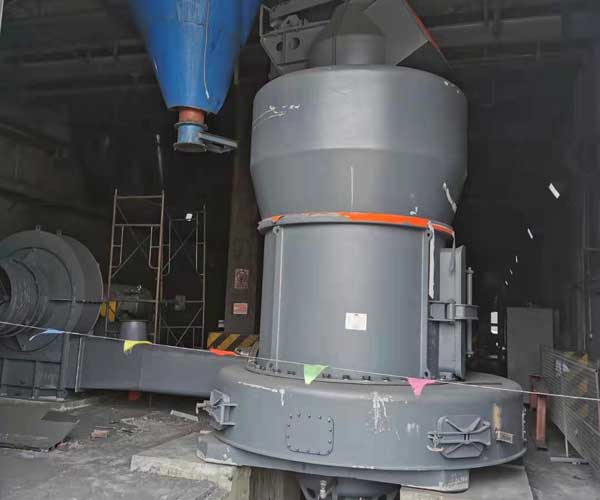
The grinding process in a magnesite grinding mill is a critical step that transforms raw magnesite into fine powder, enabling its utilization in various industrial applications. By controlling particle size, enhancing reactivity, and improving dispersion, grinding plays a fundamental role in magnesite production.
24 Online Service
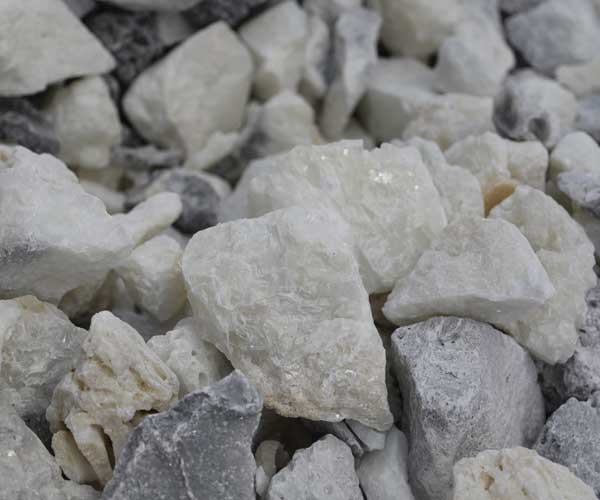
Magnesite is a fascinating mineral with a range of applications and properties that make it a valuable resource in various industries. It is a carbonate mineral composed of magnesium carbonate (MgCO3) and is often found in association with other minerals such as calcite and dolomite. With its distinct characteristics and versatile nature, magnesite has gained significant attention and importance across the globe.
Magnesite is primarily formed through the process of carbonation, which occurs when magnesium-rich rocks come into contact with carbon dioxide-rich fluids. This process often takes place deep within the Earth’s crust, where elevated temperatures and pressures facilitate the conversion of magnesium-bearing minerals into magnesite. It commonly occurs in sedimentary and metamorphic environments, and its formation is closely linked to geological activities such as contact metamorphism and hydrothermal alteration.
Magnesite possesses several distinct physical and chemical properties that contribute to its versatility and usefulness. It typically appears as white, gray, or brownish crystals with a vitreous to pearly luster. The mineral is transparent to translucent and exhibits a trigonal crystal structure. Magnesite has a Mohs hardness of 3.5 to 4.5, making it relatively soft compared to other minerals. It is also relatively light, with a specific gravity ranging from 3.0 to 3.2.
One of the most notable characteristics of magnesite is its ability to undergo thermal decomposition. At temperatures above 400 degrees Celsius, magnesite breaks down into magnesium oxide (MgO) and carbon dioxide (CO2). This unique property makes magnesite an excellent source of magnesium oxide, which has diverse industrial applications.
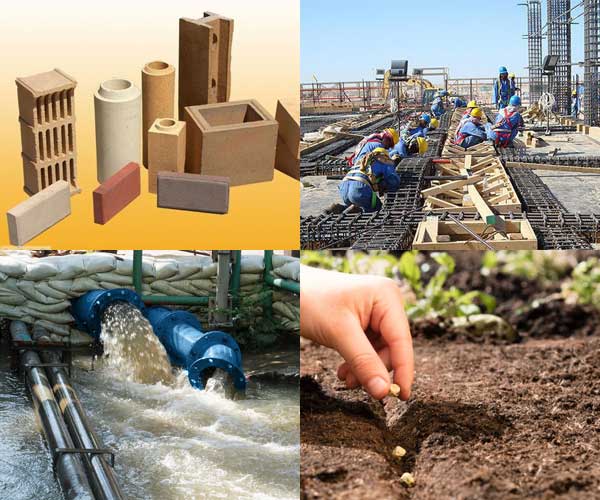
Magnesite powder, derived from the naturally occurring mineral magnesite, is a versatile substance with a wide range of applications. It is composed primarily of magnesium carbonate and possesses unique properties that make it valuable in various industries. From construction to healthcare, this fine powder finds use in numerous sectors due to its exceptional characteristics and chemical composition.
One of the primary applications of magnesite powder is in the construction industry. Due to its fire-resistant and thermal insulation properties, it is used in the production of fireproof materials, including cement, plaster, and insulation boards. Magnesite powder enhances the fire resistance of these materials, making them suitable for applications in high-temperature environments such as fireproof doors, walls, and ceilings. Moreover, its ability to provide thermal insulation helps improve the energy efficiency of buildings, thereby reducing heating and cooling costs.
The refractory industry greatly benefits from the use of magnesite powder. Refractory materials are essential in environments that require resistance to high temperatures and harsh conditions. Magnesite powder, when combined with other additives, is used to produce refractory bricks, linings, and crucibles for various industrial applications such as steel production, glass manufacturing, and furnaces. Its excellent heat resistance and chemical stability make it an ideal component for ensuring the durability and longevity of these materials.
Magnesite powder plays a crucial role in agriculture and animal husbandry. It is commonly used as a supplement in fertilizers and soil amendments due to its high magnesium content. Magnesium is an essential nutrient for plants, contributing to chlorophyll production, enzyme activation, and overall plant growth. By incorporating magnesite powder into the soil, farmers can improve nutrient balance, promote healthy crop development, and enhance yield. Similarly, in animal feed formulations, magnesite powder serves as a source of magnesium, aiding in bone development and overall animal health.
The unique chemical properties of magnesite powder make it valuable for water treatment applications. Its ability to neutralize acidity and adjust pH levels is particularly useful in the treatment of acidic or contaminated water. Magnesite powder is often utilized as a neutralizing agent to increase the alkalinity of water and mitigate the corrosive effects of acidic substances. Additionally, it can act as a coagulant, aiding in the removal of impurities and suspended particles. This makes magnesite powder an essential component in wastewater treatment plants and industrial water purification systems.
Magnesite powder also finds its place in the health and wellness sector. It is used in the production of magnesium supplements, as magnesium plays a vital role in various physiological processes within the human body. Magnesium supplementation has been linked to numerous health benefits, including improved bone density, reduced muscle cramps, enhanced cardiovascular health, and stress relief. Magnesite powder serves as a cost-effective and bioavailable source of magnesium, contributing to the well-being of individuals who may have dietary deficiencies.
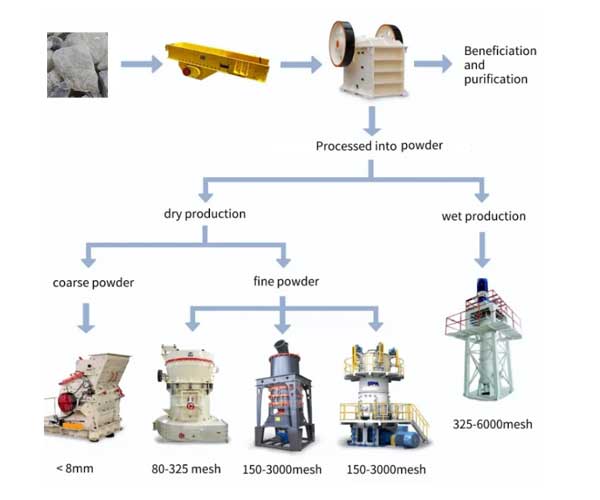
Grinding is a crucial operation in numerous industries, playing a vital role in the production of various materials. One such industry where grinding is of paramount importance is the magnesite industry. Magnesite, a mineral rich in magnesium carbonate (MgCO3), is widely used in refractory applications, chemical processing, construction materials, and more. The grinding process in a magnesite grinding mill is an essential step that transforms raw magnesite into fine powder, enabling its utilization in diverse industrial applications.
A magnesite grinding mill is a specialized equipment designed to grind magnesite ore into fine particles. The mill typically consists of a rotating cylindrical shell filled with grinding media such as steel balls or ceramic beads. As the mill rotates, the grinding media crushes and grinds the magnesite ore, reducing it to the desired particle size.
Particle size plays a critical role in determining the physical and chemical properties of magnesite-based products. The grinding process aims to achieve a specific particle size distribution to meet the requirements of end applications. Different products necessitate different particle sizes, and the grinding mill can be adjusted accordingly.
Before entering the grinding mill, the raw magnesite ore needs to be crushed and prepared. This involves reducing the size of the ore through primary crushing and secondary crushing stages. The prepared magnesite is then stored in silos for further processing.
The ground magnesite ore is fed into the grinding mill, where it encounters the grinding media. The grinding media’s impact and frictional forces break down the magnesite particles, reducing their size. The resulting fine particles are then classified based on their size using techniques such as sieving or air classification. This classification ensures that the desired particle size distribution is achieved.
Optimal grinding conditions are crucial to achieving the desired particle size and maximizing the mill’s efficiency. Various parameters, including mill speed, grinding media size, feed rate, and the presence of additives, are carefully controlled to attain the desired grinding outcomes. Process control systems and instrumentation play a vital role in monitoring and adjusting these parameters to ensure consistency and quality in the final product.
The grinding process increases the reactivity and surface area of magnesite particles, enabling better chemical reactions in subsequent manufacturing processes. Increased reactivity leads to improved sintering properties, making magnesite suitable for refractory applications such as steelmaking, cement production, and furnace linings.
Grinding ensures the homogeneity and dispersion of magnesite particles in various formulations. This is particularly important in industries such as rubber, plastics, and construction materials, where consistent and uniform dispersion of magnesite powder enhances the performance and durability of the final products.
Efficient grinding processes are essential for optimizing energy consumption. Modern magnesite grinding mills employ advanced technologies and designs to minimize energy usage while maximizing the grinding efficiency. This focus on energy efficiency helps reduce production costs and minimize the environmental impact associated with magnesite processing.
The grinding process in magnesite grinding mills exposes the equipment to significant wear due to the abrasive nature of the magnesite particles. Regular maintenance and wear part replacement are necessary to ensure optimal performance and longevity of the grinding mill.
Advancements in automation and process control technologies are revolutionizing grinding operations. Integrating advanced control systems and real-time monitoring allows for precise adjustment of grinding parameters, ensuring consistent quality and improving overall productivity.
Research continues to explore alternative grinding technologies to improve the efficiency and sustainability of magnesite grinding processes. Innovative approaches, such as high-pressure grinding rolls and vertical roller mills, offer the potential for higher throughput, reduced energy
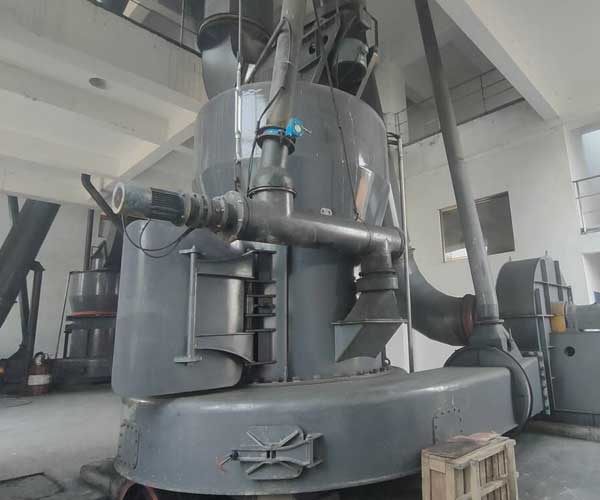
Magnesite, a mineral rich in magnesium carbonate, is widely used in various industries due to its exceptional physical and chemical properties. In its powdered form, magnesite finds extensive application in fields such as construction, refractory materials, ceramics, and more. To obtain the desired magnesite powder, an efficient and suitable grinding mill is essential. However, with numerous options available in the market, selecting the right magnesite grinding mill can be a daunting task.
The desired particle size of the magnesite powder is a crucial factor to consider when selecting a grinding mill. Different applications may require different particle sizes. For instance, in refractory materials, finer particle sizes are often preferred, while coarser particles are more suitable for construction materials. Assessing your specific particle size requirements will help determine the appropriate grinding mill.
Efficiency plays a vital role in the selection process. It is important to consider the grinding mill’s ability to achieve the desired particle size distribution efficiently. Factors such as mill speed, grinding media, and grinding chamber design influence the grinding efficiency. Look for a mill that offers high grinding efficiency to optimize the production process and reduce energy consumption.
The required milling capacity depends on the volume of magnesite powder needed for your application. Evaluate the production demands to ensure the selected grinding mill can handle the required capacity. Consider factors like mill size, motor power, and throughput rate to determine the appropriate milling capacity for your specific needs.
Reliability and ease of maintenance are important considerations to ensure smooth operations and minimize downtime. Look for grinding mills from reputable manufacturers with a track record of producing reliable equipment. Additionally, check for maintenance features such as easy access to internal components, replaceable wear parts, and comprehensive service support.
There are various types of grinding mills available, each with its own unique features and advantages. Consider the following commonly used types:
Ball Mills: Ball mills are widely used in industrial grinding processes. They operate by rotating a cylindrical chamber, filled with grinding media such as steel balls, to reduce the magnesite to the desired fineness. Ball mills are versatile, suitable for both dry and wet grinding, and can achieve a wide range of particle sizes.
Raymond Mills: Raymond mills, also known as pendulum mills, are widely used in the mining and construction industries. They rely on rolling the material between a roller and a grinding ring to achieve the desired fineness. Raymond mills offer high efficiency and have the capability to produce fine magnesite powder.
Vertical Roller Mills (VRM): VRMs are gaining popularity in the grinding mill industry. They use a rotating table and rollers to crush and grind the magnesite powder. VRMs provide excellent grinding efficiency, low energy consumption, and the ability to handle moisture-rich materials.
The cost of the grinding mill is an important factor to consider while making a selection. However, it is crucial to strike a balance between cost and quality. Opting for a cheaper mill that compromises on performance and reliability may result in additional costs in terms of maintenance, downtime, and lower overall productivity. Consider the long-term benefits and return on investment when assessing the cost of the grinding mill.
Our Projects
Copyright © ZENITH, All Right Reserved.
